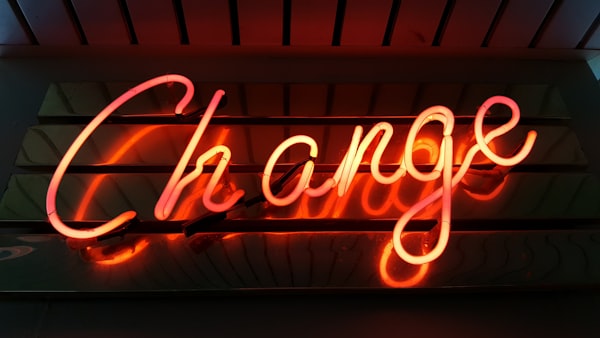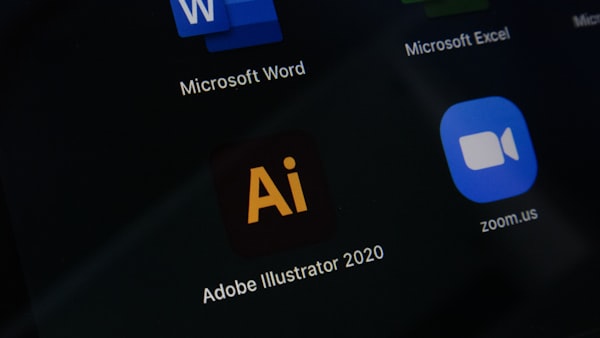Adaptive Customer Engagement - Why Should You Use It, And Why Is It Important

When you want to sell the product, you usually pitch it to your potential customers. Depending on the customer, your delivery can be different according to the Adaptive Customer Engagement profiling. So, what’s the cache?
Each customer by itself is unique.
No two customers are the same. Depending on who your customers are, you need to adapt your selling tactics so that it could match their profile so that you could better understand them and offer them the best user experience as much as you can. For example, if you are into hosting business you should design your pricing tables so that the customer, if either they are a novice or advanced user, can quickly see what you offer and at what price.

Not everyone is programmer or web developer and in that way you should strive to adapt your concept so that average person could understand your offer.
However, depending on your company, and the customers you want to target, it could be quite opposite. For example, if you are running hosting company that has VPS, Dedicated Servers, Game Servers, etc. you are more inclined to explain your offer in detail, as your customers are knowledgeable enough on what they are getting.
By giving different offers, and using Adaptive Customer Engagement, you can tailor your approach to each customer so that they can feel that your engagement and outreach to help them make the choice is more personal and not purely robotic. This way, they are more inclined to choose your offer and at the same moment you are saving them time, since you know what they want through learning of their needs via various channels. (Social networks, mail, chat applications, newsletters)
According to SAP report
Gone are the days of lengthy cycles of building loyalty. Advocacy is being built and traded in a matter of seconds. In a recent Forbes article, it was revealed that some 86 percent of customers said they were willing to pay more for a better experience, but only 1 percent felt that vendors consistently met their expectations. What customers want most is for brands to understand that the customer’s time is the most valuable commodity being traded in any transaction. In fact, a Forrester study showed that 74 percent of consumers said the most important thing a brand can do to provide great service is to demonstrate it values the customer’s time. That is not to say that customers don’t also expect highly relevant experiences. In fact, according to Gartner, 46 percent of consumers consider personalized, tailored offers as extremely significant to maintaining or growing their relationship with a brand.
And a recent Janrain study indicated that 74 percent of online users get frustrated when websites deliver content that has nothing to do with their interests. This trend of the “Internet of me” is not going to slow and will likely extend to the “omnichannel experience of me” as customers will expect highly relevant, highly personalized and highly interactive engagements when and where they want them.
According to Forrester, by 2020, customers will expect companies to know their individual needs and proactively personalize experiences to address both current and future needs.
Most of the companies tend to use different type of channels to reach their customers. From Blogs to Call Center Customer Calls to the SMS/MMS and In-store customer interaction. According to the statistics in the same report, mobile phone segment is the least one used for customer engagement. For some time, companies have been using Blogs as an effective way to connect to the customers, later on switching to more direct interaction like chat applications or web forms. If you want to establish they loyalty and brand identity your blog and social network channels like Twitter/Facebook/LinkedIn play a key role.
Having a blog can greatly help your outreach to potential customers and engagement with current customers, which in turn may allow you to gather additional feedback on how to further optimize and improve your product. I recommend reading ,,History and Evolution of Blogging” by Broadband Search to get better view on the development and importance of blogs today.
Can we making future-proof method for Customer Engagement?
Here are some facts:
Only 24% [of business leaders] are making [customer experience] a top priority for 2015. – Ciceron
Customers who engage with companies over social media spend 20%-40% more money with those companies. – Customer Think
64% say customer experience is more important than price when deciding who gets their business. – Customer Think
Content marketing is now ubiquitous, with 93% of all marketers saying they do content marketing (it’s not clear what the other 7% are doing). –Business2Community
While most content sharing efforts by marketers are focused on the “big four” social networks, most (72%) content sharing done by buyers is on “dark social”–primarily email and apps. – Business2Community
93% of B2B marketers are using content marketing. – Business2Community
41% of marketers say driving sales is the No. 1 goal for their content marketing strategies; 94% put sales in their top five content marketing goals. Brand awareness was the second-most-popular goal with 88% adding it to their top five, while 21% ranked lead generation as their No. 1 goal. –Business2Community
The top content marketing goals for B2C companies are customer retention/loyalty (88%), engagement (88%), brand awareness (87%) and sales (77%). – Business2Community
Companies spend, on average, 25% of total marketing budgets on content marketing. – Business2Community
78 percent of CMOs think rich content is the future. – Interfuse
Content doesn’t necessarily need to be original. About 48% of marketers curate noteworthy content from trustworthy sources and repackage it for their readers. – Interfuse
69% of the most effective B2B Marketers have a dedicated content marketing group in their organization. – LinkedIn
54% of the most effective B2B Marketers have a documented content marketing strategy. – LinkedIn
83% of B2B marketers use content marketing for lead generation. – LinkedIn
61% of consumers feel better about a company that delivers custom content, and are more likely to buy. – Social Media Today
62% of adults under 34 are willing to share their location for more relevant content. – IronPaper
74% of online consumers get frustrated when content (e.g. offers, ads, promotions) appears that has nothing to do with their interests. – IronPaper
Personalized emails improve click-through rates by 14%, and conversion rates by 10%. – Hubspot
The average content length for a web page that ranks in the top 10 results for any keyword on Google has at least 2,000 words. The higher up you go on the search listings page, the more content each web page has. – Hubspot
How is this data of any use to us?
Along with the metrics given by the reports, we can learn on how to approach and what’s the best one at the same time. As we’ve seen in recent months, AI Bots have seen huge boom in usage and are going to be more and more usable as the time goes by. However, that doesn’t mean that we should lose the personalized way of approaching the potential customers. We should use what we’ve learned and improve the AI to be adaptive itself as a channel, and learn from working with customers. Results from different surveys should be used as an orientation on where to go with your approach. No data is usable forever, and as your approach adapt, you should as well.
https://www.cmocouncil.org/current_program_details.php?pid=138
Article printed at May 2, 2024. Please see https://grindam.com/adaptive-customer-engagement-use-important/ for the latest version.




